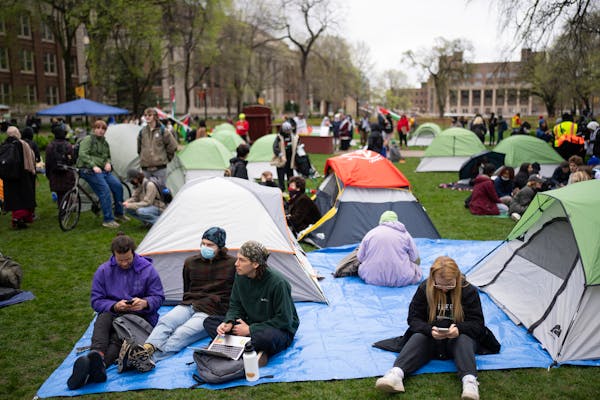"It is impossible to understand China today without understanding the Cultural Revolution," Tania Branigan begins in her "Red Memory." "Subtract it and the country makes no sense: it is Britain without its empire, the United States without the Civil War."
While its death toll pales in light of the 40 million deaths during the Great Leap Forward's famine, the Cultural Revolution was uniquely scarring, Branigan explains, because "it consumed the country in its entirety. No workplace remained untouched. No household remained innocent." Instability was a hallmark of the times. The oppressors became the oppressed, victims became persecutors.
The Cultural Revolution began in 1966 when Mao Zedong summoned zealous, impressionable youths (the Red Guards) to attack old ideas, old customs, old culture, old habits. "What looked in some ways like a spontaneous uprising was not only instigated from the top but guided ... Children were recruited to carry out the work for which the adults were, at first, too squeamish," including humiliation, even death.
No one was safe. Teachers were the first targets, low-hanging fruit for a youth revolution aimed at destroying old traditions. But anyone could become a victim in this eat-or-be-eaten climate, even Red Guards themselves. The Red Guard phase lasted less than three years, but the rooting out of "enemies" continued, often by "rustication": millions of educated youths — including China's current president, Xi Jinping — were exiled, along with intellectuals and artists, to isolated areas for "re-education."
The Cultural Revolution officially ended with Mao's death in 1976, but the trauma reverberates. "I wrote this book," Branigan tells us, because "I wanted to understand not only what the Cultural Revolution had done to China but how it was still shaping it."
"Red Memory" creates an incisive exploration of the interplay between memory and politics, personal truth and political imperatives by detailing stories from victims and perpetrators — some willing, others coerced. Their narratives are told with sensitivity, interspersed with eloquent ruminations on memory and political erasure.
Issues of personal accountability weave through the narratives. The artist Xu Weixin, whose small misstep occurred when he was just 8, attests, "Of course I was responsible. It's only a question of how big or small my responsibility was."
Throughout "Red Memory," Branigan rejects simplistic explanations.
"The more one examines the Cultural Revolution," she observes, "the more extraordinary and bizarre it seems but, in other ways, the more recognizable." She discusses the difficulties of writing in the political climate of today's China but also of being surprised to return to "a West so detached from fact, so prone to zealotry, so deranged by conspiracy theories."
Stunning, profound and gorgeously written, "Red Memory" is a must-read for anyone interested in understanding China today. It's also a warning about fragility — cultural, political and personal — as well as a call to those of us in the West to look within.
Writes London-based Branigan, "I learned more about my own country from China than I could have imagined."
Patricia L. Hagen is professor emeritus at the College of St. Scholastica in Duluth.
Red Memory: The Afterlives of China's Cultural Revolution
By: Tania Branigan.
Publisher: W.W. Norton, 304 pages, $29.95.

Helen Simonson is in Jane Austen mode with 'The Hazelbourne Ladies Motorcycle and Flying Club'
AI use by businesses is small but growing rapidly, led by IT sector and firms in Colorado and DC

